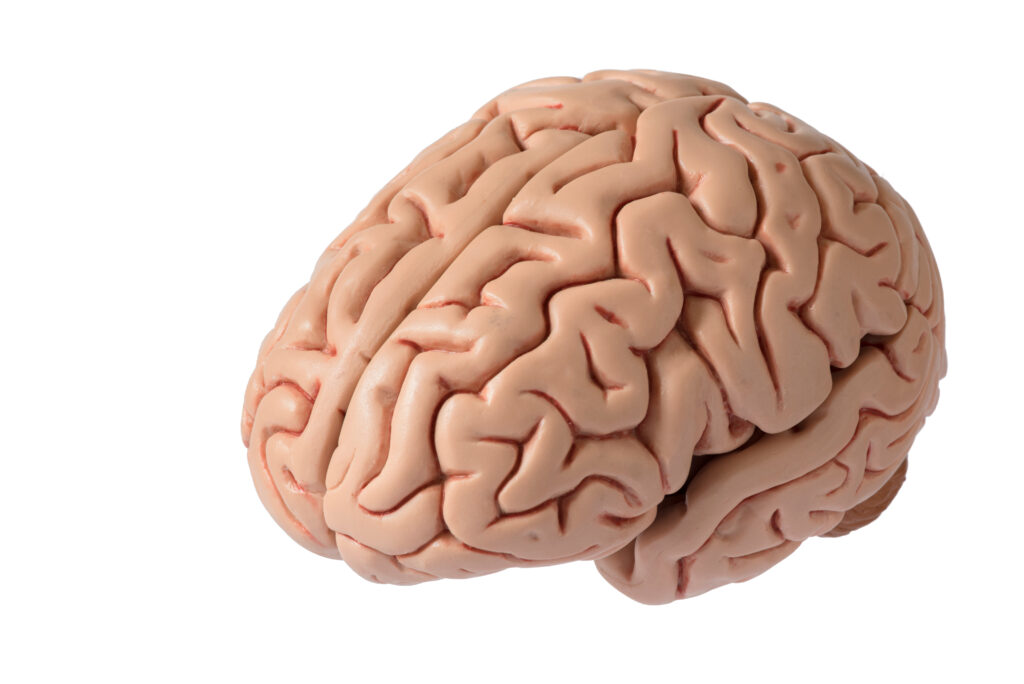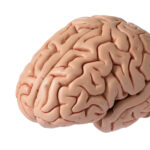### How N-Acetylcysteine (NAC) Supports Brain Health
N-Acetylcysteine, commonly known as NAC, is a supplement that has been gaining attention for its potential benefits in supporting brain health, particularly in individuals with autism spectrum disorders. But how does it work, and what makes it so promising?
### Understanding NAC
NAC is a precursor to glutathione, which is the body’s master antioxidant. Glutathione helps protect brain cells from oxidative stress, a condition where free radicals damage cells. In people with autism, oxidative stress is often elevated, making NAC a valuable tool in combating this issue[1].
### How NAC Works
NAC operates through multiple biological pathways to support brain function. It helps regulate neurotransmitters like glutamate and dopamine, which are crucial for proper brain communication and development. By modulating these neurotransmitters, NAC can help reduce excessive glutamatergic neurotransmission at synapses, potentially improving behavioral symptoms associated with autism[1].
### Benefits for Autism Symptoms
Research has shown that NAC supplementation can significantly reduce irritability in children with autism. Clinical trials have demonstrated a decrease in irritability scores from 13.1 to 7.2 over 12 weeks, which is a substantial improvement. Additionally, NAC has been found to reduce repetitive behaviors and hyperactivity, two common characteristics of autism[1].
### Reducing Oxidative Stress and Inflammation
NAC’s antioxidant properties extend beyond basic cell protection. It converts into hydrogen sulphide and other sulphur species, providing additional cellular protection and supporting the body’s natural detoxification processes. This helps reduce inflammation by inhibiting NF-κB activity, which can contribute to improved brain function[1].
### Safety Profile
One of the most encouraging aspects of NAC is its safety profile. Most participants in clinical trials experience only mild gastrointestinal issues, if any adverse effects at all. This makes NAC a more sustainable long-term option for many families compared to traditional antipsychotic medications, which often come with significant side effects[1].
### NAC vs. Traditional Treatments
Traditional treatments for autism spectrum disorder, such as antipsychotic medications, often have concerning side effects like weight gain and involuntary motor movements. These medications also have limited effectiveness in addressing core ASD features like social deficits. In contrast, NAC presents a more favorable option by targeting core ASD symptoms while maintaining a superior safety profile[1].
### Future Research and Development
While current evidence shows promise, further research is needed to fully understand NAC’s potential as a therapeutic intervention for autism spectrum disorder. Larger multi-center clinical trials are necessary to validate NAC’s effectiveness across diverse patient populations and determine ideal dosing protocols. By investigating these mechanisms, researchers aim to develop more targeted and effective interventions for managing autism symptoms[1].
In summary, NAC supports brain health by enhancing antioxidant capacity, modulating glutamatergic neurotransmission, and reducing oxidative stress and inflammation. Its safety profile and ability to target core ASD symptoms make it a promising supplement for managing autism spectrum disorder. As research continues to explore its full potential, NAC remains a valuable tool in the quest for better brain health and improved quality of life for individuals with autism.


